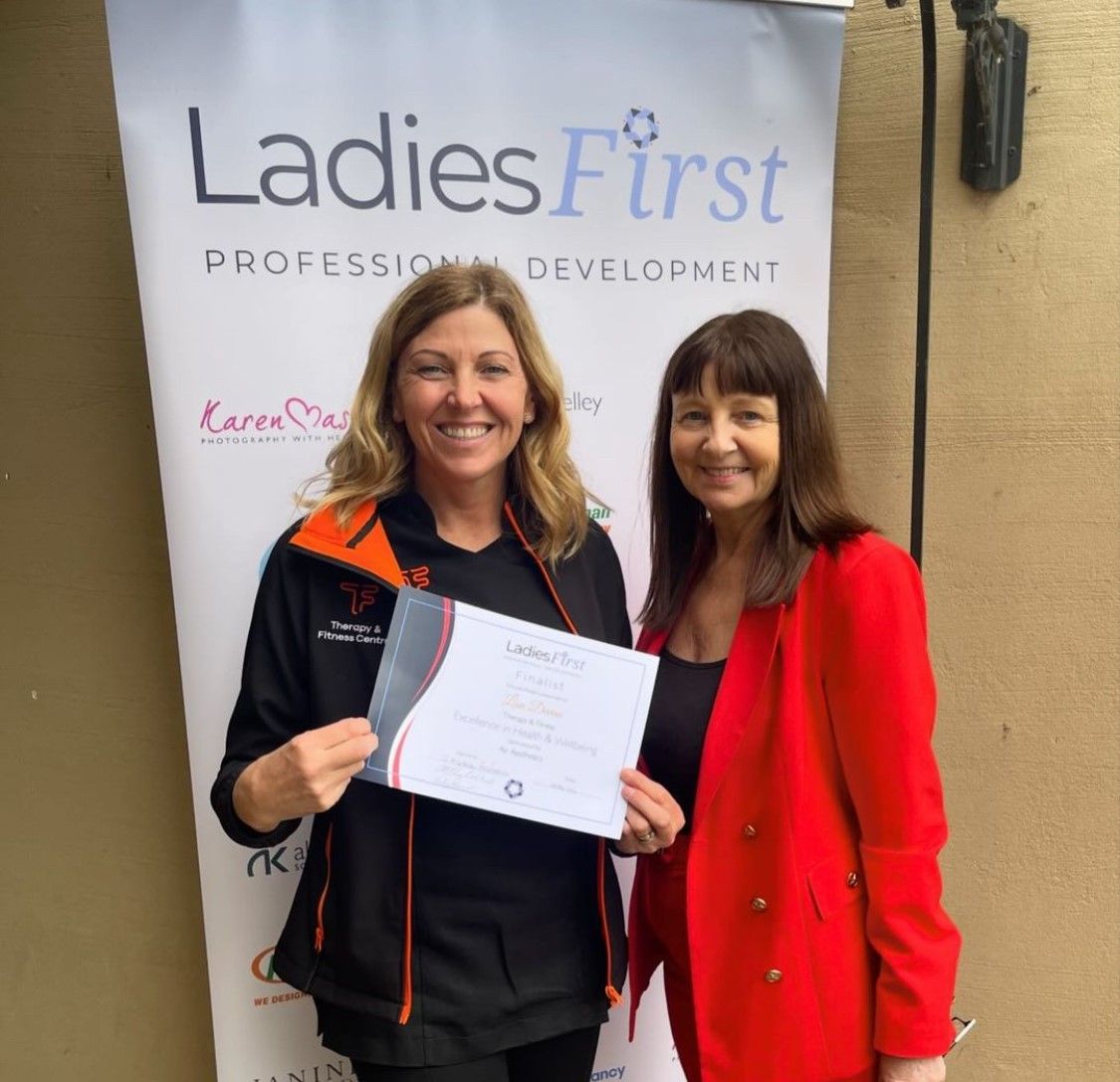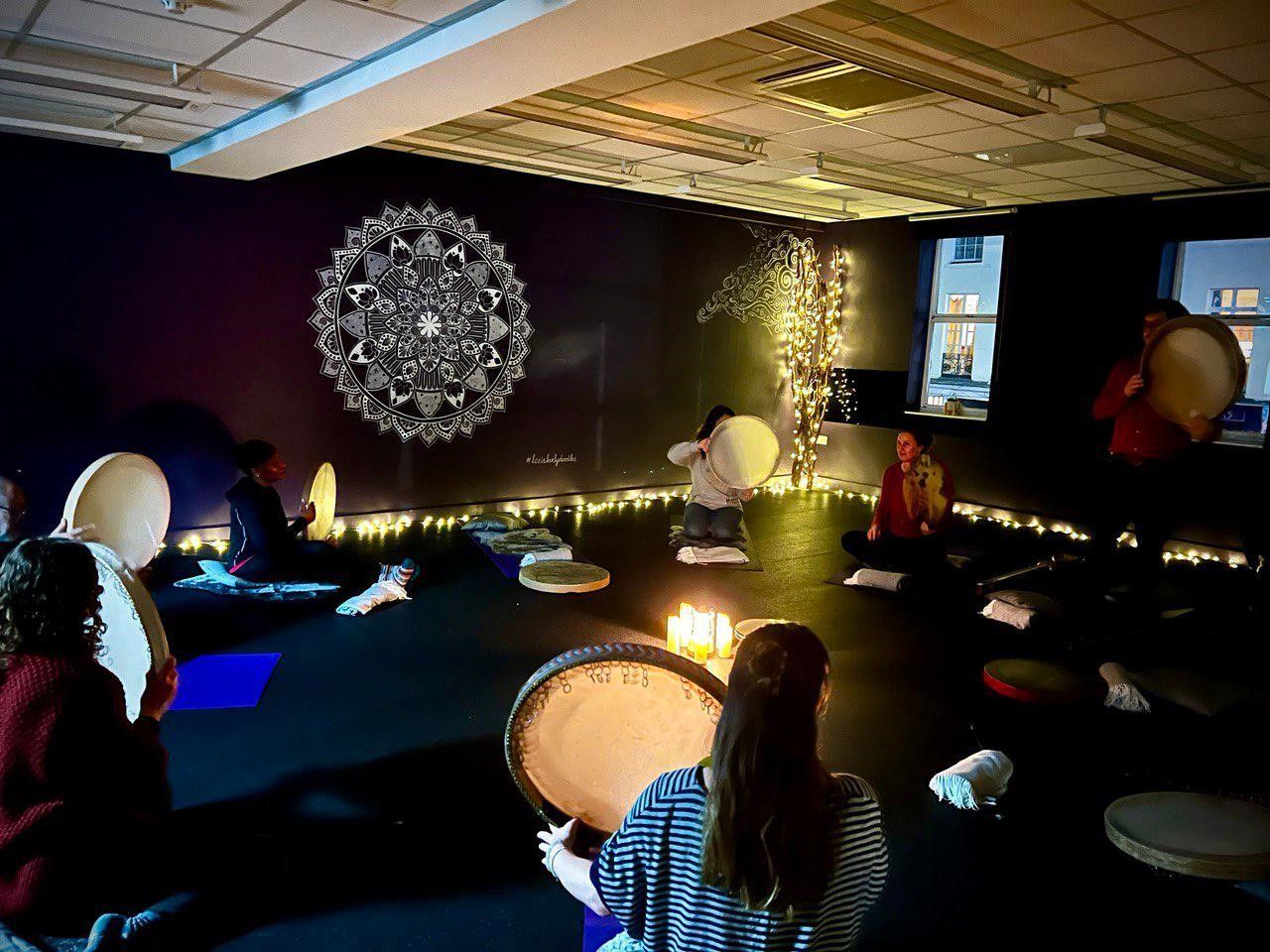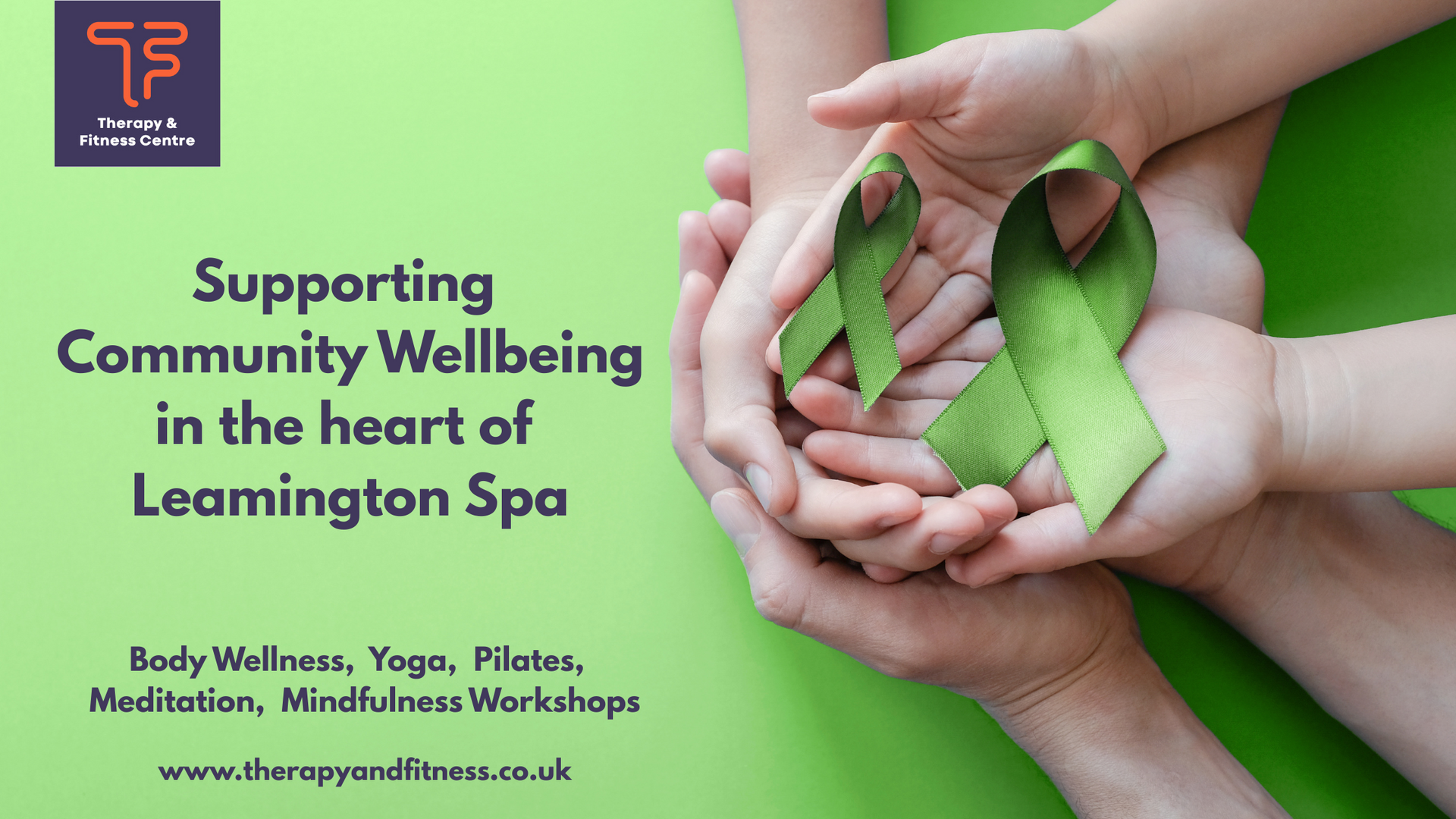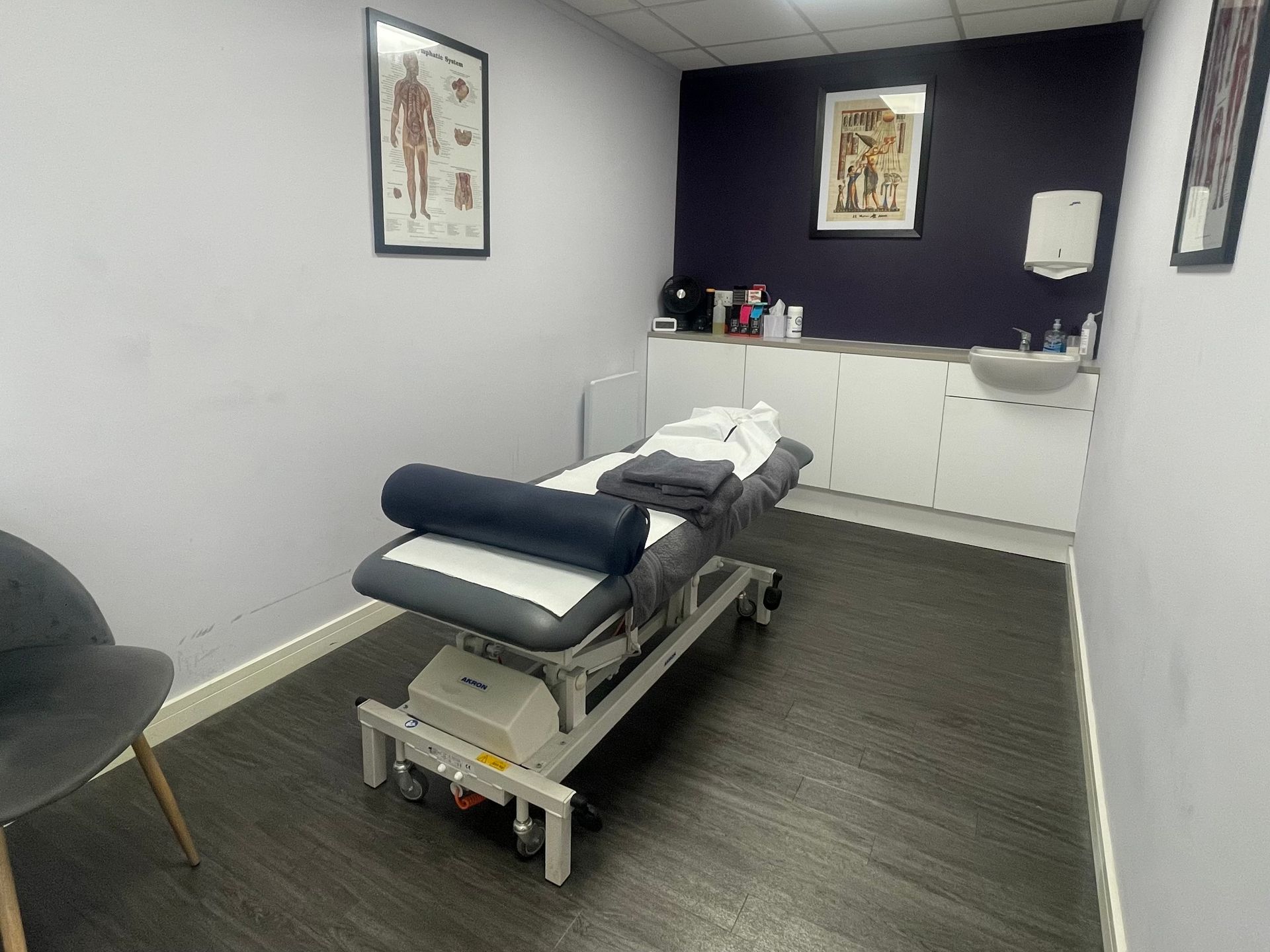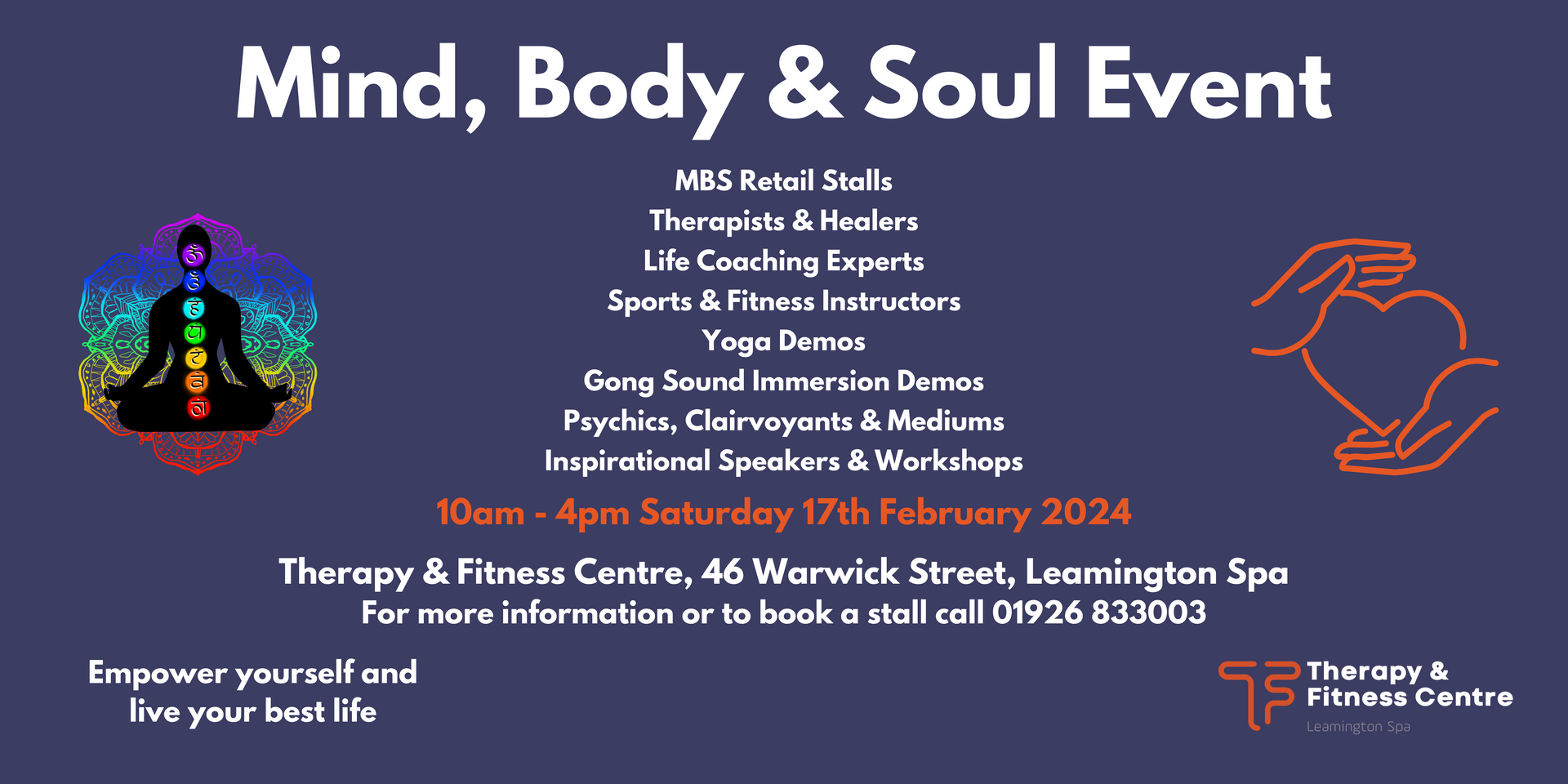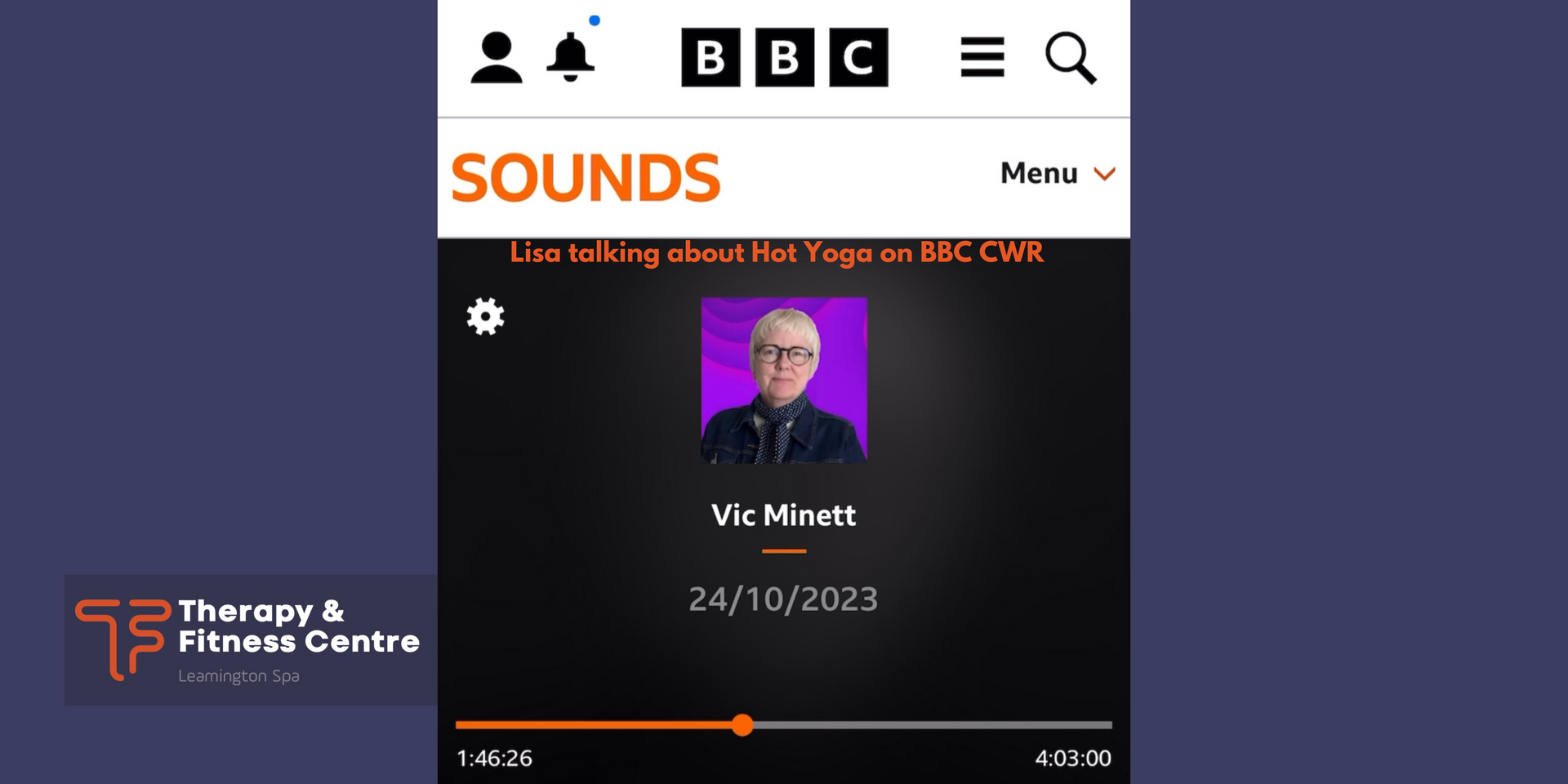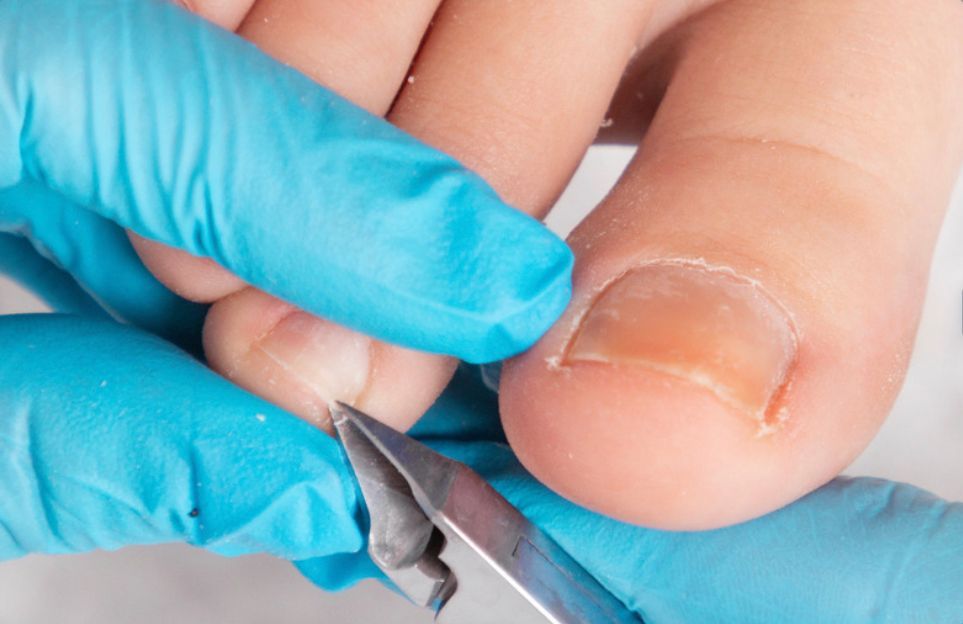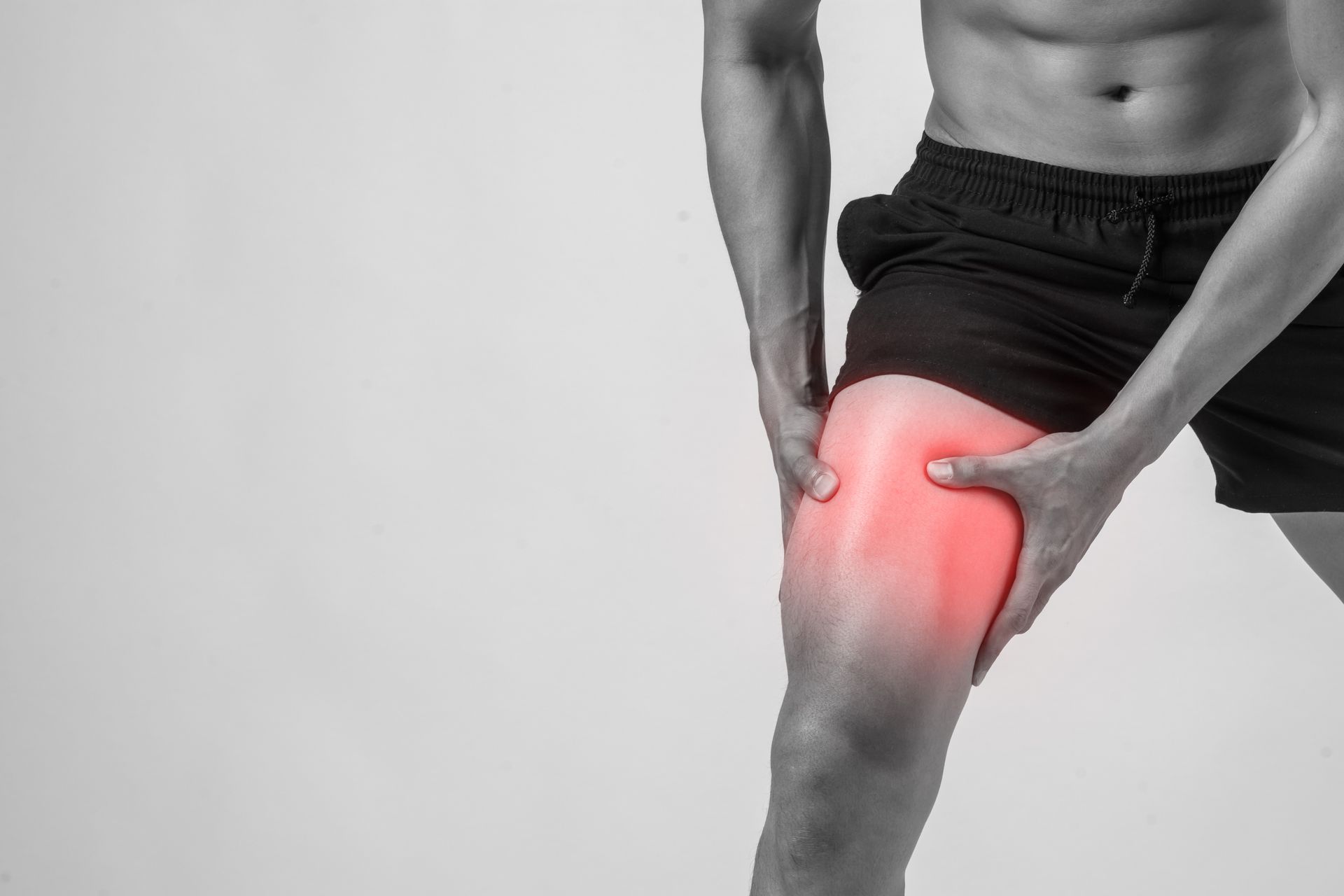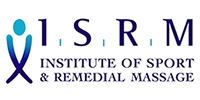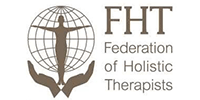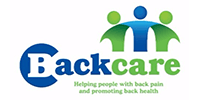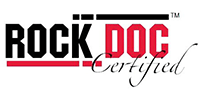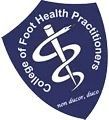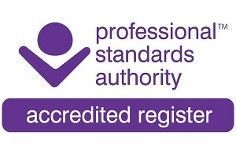How to relieve painful sciatica
How to relieve painful sciatica

What is sciatica?
How do you know you have sciatica?
If you have sciatica, you will will feel pain on your:
- Bottom.
- Back of leg.
- Feet and toes.
Symptoms of sciatica:
- Pain radiating from the back to the hip, to the lower leg (burning, stabbing or shooting).
- Leg pain (more common on the inner side of the thigh).
- Tingling (similar to pins and needles).
- Numbness or difficulty moving.
- Weakness.
- Pain that is worse when sitting.
- Constant pain.
- Lower back pain.
These painful sciatica symptoms may become worse when moving, sneezing, or even coughing.
While you may experience back pain, it’s not usually as sharp as the pain in your bottom, leg or foot. If you’re just experiencing back pain, you most likely do not have sciatica.
Causes of sciatica
Painful sciatica is caused by a slipped disc, which results in compression of the sciatic nerve.
Other, less common, causes can be:
- Pregnancy.
- Piriformis syndrome.
- Spondlyolisthesis.
- Lumbar spinal stenosis.
What causes sciatica to flare up?
Sciatica can be prevented by maintaining a proper posture when sitting, avoiding heavy weight lifting, and exercising regularly. However, effective sciatica treatment is available, should you be experiencing pain.
Best exercises and practices for sciatica pain relief
- Continue with your normal activities as much as you can.
- Consult your pharmacist about painkillers.
- Hold heat packs, from your pharmacist, on the painful sciatica areas.
- Place a small, firm cushion between your knees when sleeping.
- Place several firm pillows under your knees when lying on your back.
- Simple exercises and stretches can act as a sciatica pain reliever, and improve your flexibility and strength.
- Knee to chest stretches.
- Sciatic mobilising stretches.
- Back extensions.
- Standing hamstring stretches.
- Lying deep gluteal stretches.
These exercises should be completed alongside any regular exercises you partake in, such as walking, running, cycling, or swimming.
Sciatica exercises and practices to avoid
- Don’t sit or lie down for long periods of time (even if moving hurts).
- Don’t use a hot water bottle to ease the pain (numb skin will not feel the effects of scalding).
What specialists to consult
If you’ve tried home treatments for a few weeks, consult a GP if:
- Your symptoms haven’t improved.
- The pain with sciatica is compromising your daily activities.
Sciatica and nerve pain relief
If you’re looking for effective sciatica treatment pain relief, then relieve your symptoms, here at Leamington Spa Therapy Centre. We understand what a significant, negative impact sciatica can have on someone’s everyday life, and how it can make regular day to day activities, a painful struggle. Whether your pain is constant, or sudden and unpredictable, we can provide a bespoke sciatica treatment plan that works for you.
Physiotherapy, massage therapy, acupuncture and chiropractic treatment have been proven highly successful when it comes to relieving sciatica pain. If you want to feel yourself again, our skilled, and experienced, physiotherapists can assess your needs on an individual basis. They will take you through specific stretches, movements, and positions, then put together a specific sciatica treatment plan, in order to alleviate nerve pain, and treat the root cause of the problem.
Combat nerve pain with sciatica treatment across Leamington Spa, Kenilworth, Warwick and Coventry. Book an appointment with one of our experts to find out more!
